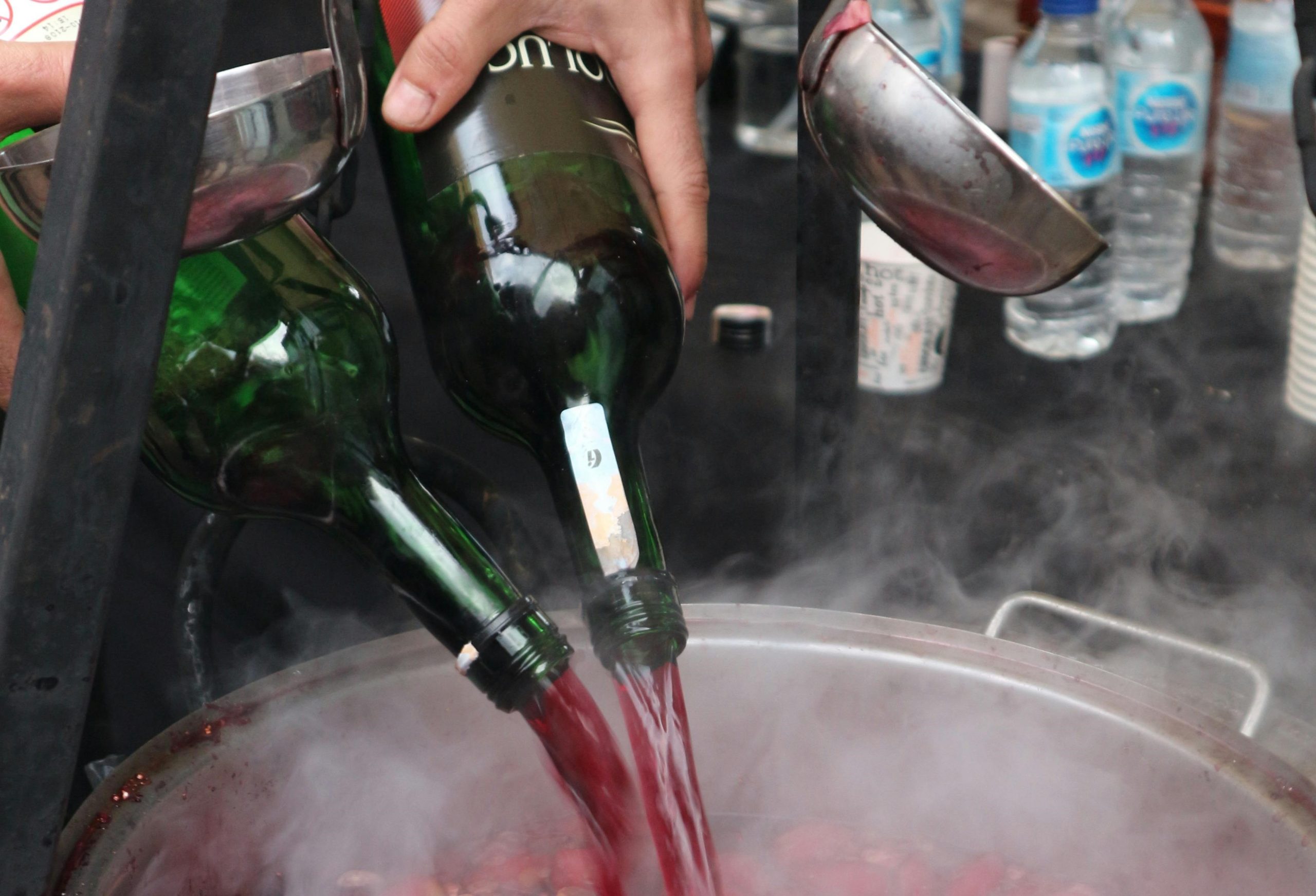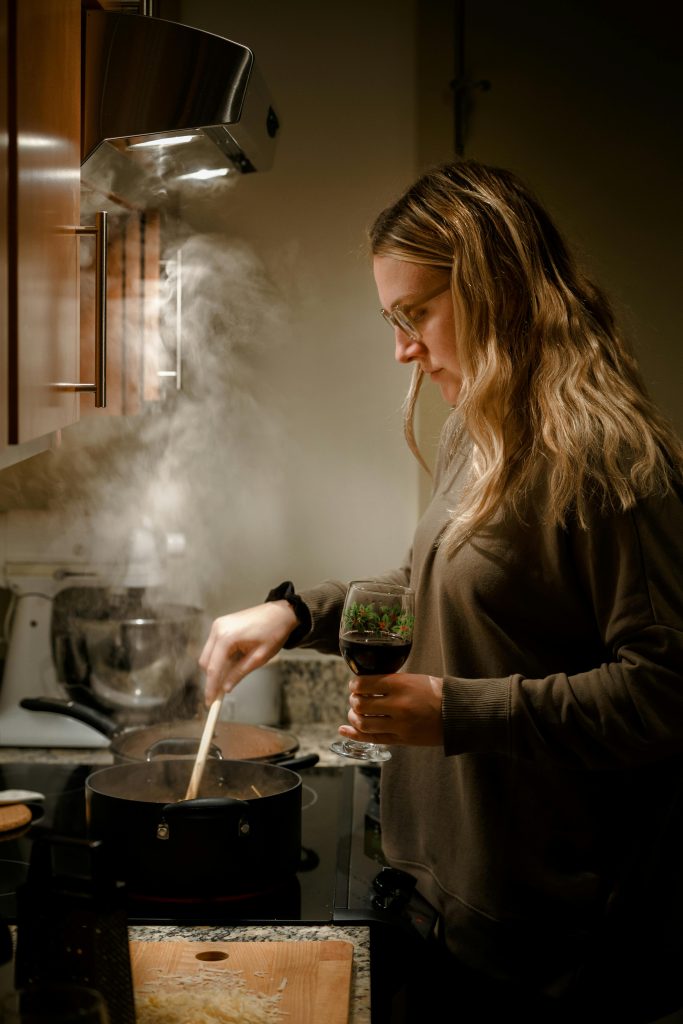
A Taste of Portugal’s Past: Portugal has a rich culinary history, with many dishes born out of necessity. One such dish is Sopa de Cavalo Cansado, or “Tired Horse Soup.” It may sound unusual to modern ears, but for generations, this simple yet powerful meal was a staple in Portuguese households.
Back in the day, especially in rural areas, people worked long, grueling hours in the fields. They needed an energy boost, and food was often scarce. This soup, made with red wine, bread, and a touch of sweetness, became a go-to breakfast, providing much-needed strength.
Today, while the idea of giving wine to children may seem shocking, it was once common practice. People believed wine had health benefits, and in moderation, it was a normal part of the diet—even for kids. Although no longer an everyday dish, Sopa de Cavalo Cansado remains a nostalgic symbol of Portugal’s past.
The Origins of Wine Soup
The origins of Sopa de Cavalo Cansado date back to a time when food waste was unthinkable. Farmers and laborers needed cheap, energy-dense meals to sustain them through long days of work. Bread, wine, and honey (or sugar) were readily available, making this a practical solution.
But why the unusual name? The term cavalo cansado (tired horse) likely comes from the idea that, just like a horse needs to be fed and cared for after a long day of work, so too did the people consuming this dish. It was fuel, plain and simple.
In different regions of Portugal, variations of this soup existed. Some called it sopa de burro cansado (tired donkey soup), while others simply referred to it as “wine soup.” Over time, as nutritional knowledge evolved, wine was often replaced with coffee, but the sentiment remained the same: it was a dish meant to give energy and keep hunger at bay.

What’s in Sopa de Cavalo Cansado?
The ingredients are incredibly simple, yet the combination creates something uniquely satisfying:
Ingredients
- 1 egg yolk – Adds richness and protein.
- Honey or sugar (to taste) – Balances the acidity of the wine.
- Cornbread or old bread (as needed) – Soaks up the wine and gives the dish texture.
- Red wine (to taste) – The key ingredient, traditionally from a robust local variety.
How to Make It
- Mix the red wine, egg yolk, and honey (or sugar) in a bowl until well combined.
- Break the cornbread or stale bread into bite-sized pieces and place it in a dish.
- Pour the wine mixture over the bread, allowing it to soak in.
- Eat immediately while the flavors meld together.
For a non-alcoholic version, you can substitute wine with strong coffee. This was a common adaptation for children or those who preferred to avoid alcohol.

Why Was This Dish So Popular?
During the 19th and early 20th centuries, Portugal was largely rural, and many families struggled with poverty. Sopa de Cavalo Cansado was appealing because:
- It was cheap – Made from simple, accessible ingredients.
- It was filling – Bread and wine provided energy to last the day.
- It was quick to prepare – No need for cooking; just mix and eat.
- It was versatile – Coffee could replace wine, and different types of bread could be used.
At a time when refrigeration didn’t exist and people had to make the most of what they had, recipes like this were a necessity rather than a choice.
A Look at the Nutritional Value
Although Sopa de Cavalo Cansado was considered an energy-boosting meal, it doesn’t exactly fit into today’s idea of a balanced diet. Here’s a breakdown of its nutritional components:
| Ingredient | Calories | Protein | Carbs | Fat |
|---|---|---|---|---|
| Red Wine (150ml) | ~125 | 0.1g | 4g | 0g |
| Egg Yolk | ~55 | 2.7g | 0.6g | 4.5g |
| Cornbread (50g) | ~180 | 3.5g | 35g | 2.5g |
| Honey (1 tbsp) | ~64 | 0.1g | 17g | 0g |
While it provided energy, much of it came from simple carbohydrates and alcohol, making it less suitable for a modern breakfast. However, in an era where hard physical labor was the norm, it served its purpose.
A Nostalgic Dish with Modern Relevance
Even though Sopa de Cavalo Cansado isn’t a daily staple anymore, it’s still remembered fondly by older generations. Some people even recreate it for nostalgia’s sake.
Here’s why this dish is still culturally significant:
- It connects generations – Many Portuguese people recall stories of grandparents making this dish.
- It reflects a different time – A time when survival and practicality dictated what people ate.
- It’s a reminder of culinary creativity – Making something delicious out of necessity is a true art.

Should You Try It?
If you love experiencing food and wine history firsthand, this dish is worth trying. While it may not be everyone’s go-to breakfast, it’s a fascinating way to connect with Portugal’s past.
For a modern twist, you could:
- Use a high-quality, full-bodied red wine for a richer taste.
- Try whole-grain or artisanal bread instead of traditional cornbread.
- Add a pinch of cinnamon or grated lemon zest to enhance the flavors.
- Serve it as a dessert rather than breakfast for a unique dining experience.
Wrapping Up
Sopa de Cavalo Cansado is more than just an old-fashioned wine soup. It’s a reflection of Portugal’s resilience, creativity, and history. What was once a necessity is now a cherished memory, a story passed down through generations.
Food tells the story of a people, and this dish speaks volumes about Portugal’s past. So, whether you decide to make it or just appreciate its history, it’s worth remembering the tired horses, the hardworking people, and the simple joys of a humble yet powerful meal.